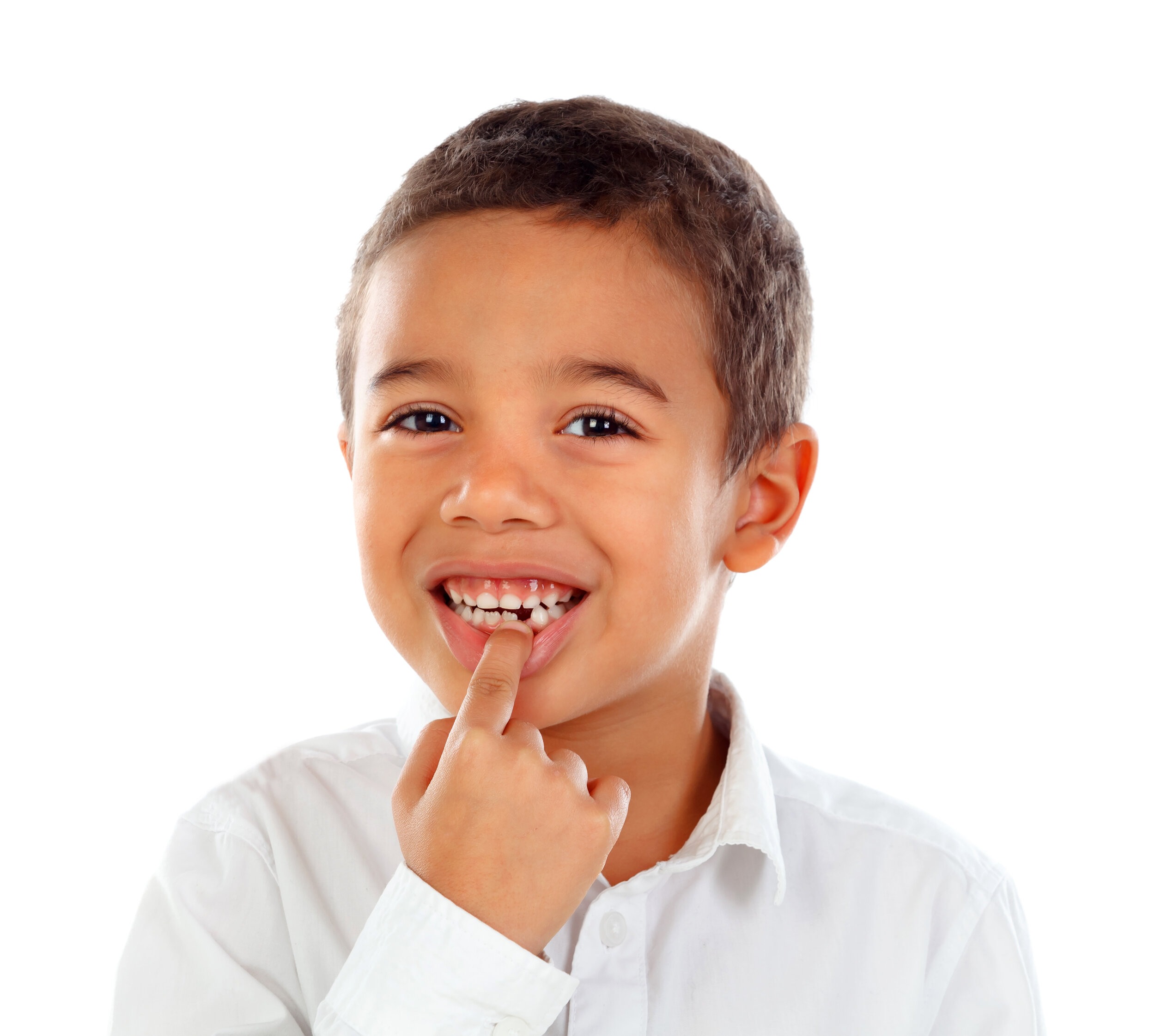The age at which children lose their baby teeth can vary greatly depending on the individual. I have seen some children who have lost all their baby teeth by age nine and some children who still have baby teeth in the late teenage years. In general, most children lose their last baby teeth by the age of twelve. After a child does lose his or her baby tooth, it is usually replaced by an adult tooth soon after. So, the question is: what if a baby tooth has been lost and you don’t see an adult tooth erupt after several months? It could be that the adult tooth may be missing and therefore, will never erupt. Because it is difficult for you to tell by just looking at the mouth if an adult is not present, a great supplemental way to assist in this determination is an x-ray. An orthodontist will often take an x-ray that is usually called a panoramic x-ray. It can also be called a “pano” or a “panorex”. This kind of x-ray shows the whole mouth and can assist in displaying all developing adult and baby teeth that are present, even the ones you cannot see when your child opens his or her mouth.
At what age can you tell that an adult tooth is missing? Well, it depends on the type of tooth. There are some adult teeth that start developing early in a child’s life and others (like 3rd molars aka- “wisdom teeth”) may not be seen until a child is at least twelve years old. The variance in tooth development is one of the main reasons to see an orthodontist for an initial consult for your child by age 7. While there may be no treatment recommendations at an early age, it is helpful for both parents and their children to be informed about this situation and to plan for future options.
So, let’s say that we take a panoramic x-ray and we find that there is a missing adult tooth. What are the options for your child? What are some of the benefits to each of the options? First, it is important to note that not all options would work for every patient. Each child presents different diagnostic criteria that are important and helpful in determining which option would work best for your child. With that said, when an adult tooth is determined to be missing, there are a few different possibilities: keep the baby tooth (if still present), replace the missing tooth with a restorative option, or close the space using orthodontic mechanics. Some of these options work better than others depending on a variety of other factors, so they are not necessarily transposable. If the child’s bite looks ideal and there is minimal crowding in both upper and lower teeth, then it may be best to keep the baby tooth as long as possible, perhaps indefinitely, if the root of the baby tooth permits it.
If the root of the baby tooth appears to be in poor condition or is not there, it may be replaced by a future restorative option, such as an implant or a bridge. In this case, treatment planning involves several dental specialties (orthodontist, dentist, oral surgeron, etc.) to accurately assess and provide the proper information involving the whole treatment, including ideal timing. When discussing implants, it is important to know that tooth implants are best placed after the child has completed his or her pubertal growth spurt. This provides the best result in terms of both esthetics and function, while limiting some future issues that can arise if the implant is placed at a young age. If an implant is planned in the future, and orthodontic treatment has completed before the ideal time for the implant, your orthodontist will typically fabricate a retainer that usually has a fake tooth placed on it to help
The option of “closing the space” is optimal in patients that present more severe cases of crowding. In this option, the space present can be used as part of a detailed treatment plan to address other areas of concern, including crowding, as well as attempting to address the missing tooth. It needs to be noted that the process of closing space usually increases orthodontic treatment time than the option of keeping the space available for a future restorative option. It may also be difficult to orthodontically close the space, depending on the bone density that is available, and the mechanics that are needed to asymmetrically close space.
With all of this information, what is the best and most appropriate treatment for your child? The answer is that it depends. As you probably guessed, every child presents different circumstances that need to be considered. An examination by an orthodontist can help diagnosis and determine all the factors that should be considered before going forward with any treatment. They will consider your child’s bite, and crowding, among other things and discuss your options with you and your dentist before beginning any treatment option. This is ideal to make sure that your child has the best smile possible after all dental work is complete.


